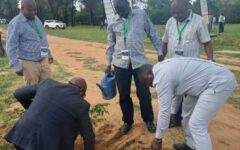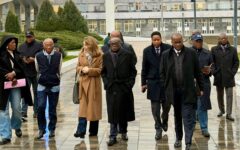Surveys in and around the Congo Basin Peatlands: First data from the Equatorial Forest/Congo Basin finally available
2023-04-17 5:14Surveys in and around the Congo Basin Peatlands: First data from the Equatorial Forest/Congo Basin finally available
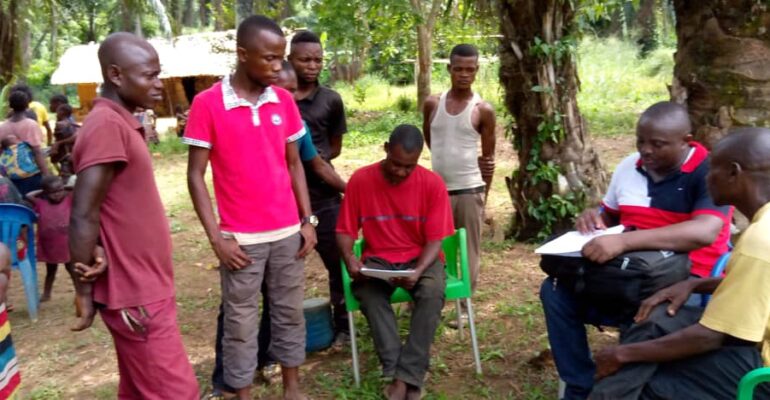
Surveys in and around the Congo Basin Peatlands: First data from the Equatorial Forest/Congo Basin finally available
Disons-le, c’est depuis début Avril 2023 que le CRREBaC conduit par le Professeur Raphaël Tshimanga a déployé ses commandants et troupes de la recherche empirique/scientifique dans les zones humides de la RD. Congo à la recherche des connaissances scientifiques sur les Tourbières de la RDC.
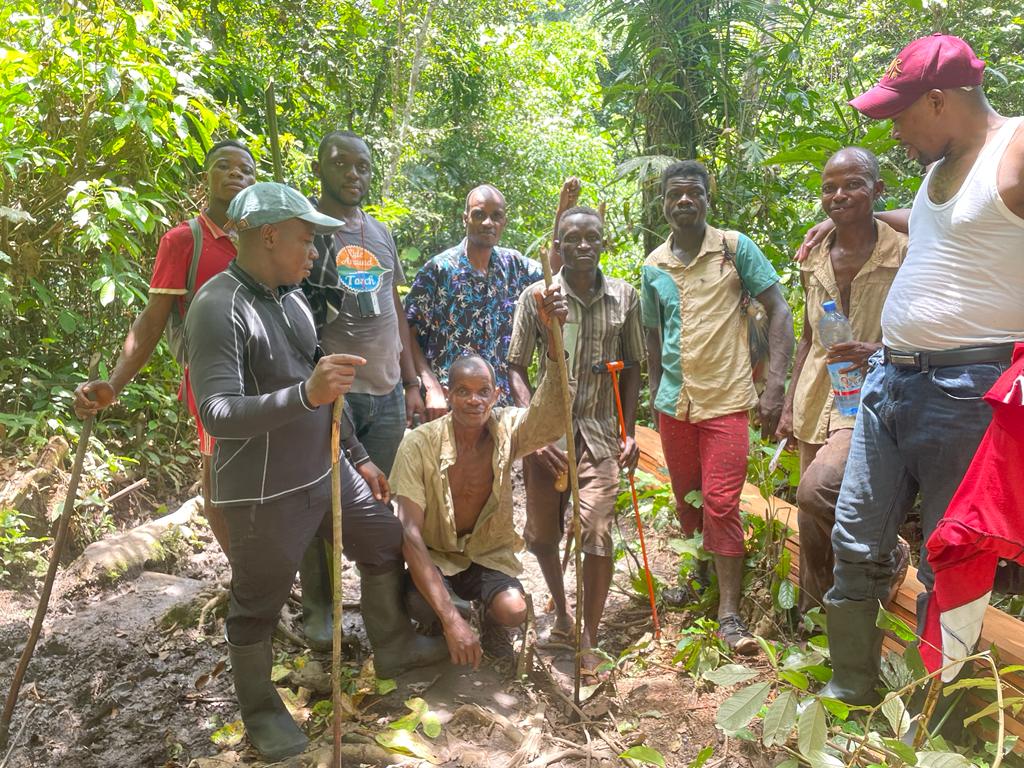
Thanks to the Secretary General for Research, Professor Antoine Tshimpi, and to the Rector, Professor Jean-Marie Kayembe for the dynamic encouragement and leadership.
Let us emphasize that these surveys concern 7 regions of the greater Congo, namely:
- Equateur-Bikoro (Sectors of Élanga, Ekonda and Lake Tumba);
- Maindombe-Inongo, Selenge sector
- Tshopo-Isangi, Kombe sector
- Tshuapa-Befale, Befumbo sector
- Central Kongo, Bas-fleuve, Muanda, Banana in the Mangrove.
- Mongala, Bumba, Molua
- South Ubangi, Kungu.
L’équipe de Mbandaka-Bikoro, composée de 8 chercheurs professionnels issues de l’UNIKIN (CRREBaC, O.G, Faculté de Médecine Vétérinaire), Université de Kisangani, deux experts de l’Unité de Gestion des Tourbières, un expert de la coordination provinciale de l’Environnement à L’équateur ainsi que plus au moins trente accompagnateurs locaux et un Chauffeur à été supervisée par le Professeur Michel Bisa Kibul de l’OG-UNIKIN-UPGI et le Docteur Godet Bola, hydro-climatologue formé au CRREBaC et attaché à la Faculté des Sciences agronomiques de l’Université chère à Monseigneur Luc Gilon.
This team worked with the indigenous Pygmy people of Lokolama and with the local populations of Penzele in the Elanga sector, who are predominantly Bantu. They also investigated animals, water resources, forests, peat, epidemics, livelihoods, etc.
Pour rappel, il s’agit d’un projet de recherche à la fois fondamentale et appliquée, financé par ENABEL (coopération belge), supervisé par l’Unité de Gestion des Tourbières (organe technique du Ministère d’État à l’Environnement).
Ce projet, chapeauté par le Professeur Raphaël Tshimanga de l’école de l’eau de l’Unikin est implémenté en quatre axes suivants :
- Menaces climatiques, informations sur l’hydrologie et le niveau de saturation des tourbières. Investigateur principal de l’axe- Docteur Godet Bola accompagné de plusieurs doctorants et experts ;
- Botany and vegetation associated with peatlands in the DRC. Principal investigator: Professor Papt-Claude Bolalwembe accompanied by doctoral students.
- Données socio-économiques, sociopolitiques, socio-anthropologiques liées aux activités de subsistance des communautés locales dans les zones à Tourbières. Investigateur principal de l’axe, Professeur Michel Bisa Kibul accompagné de plusieurs doctorants.
- Maladies zoonotiques associées aux Pan Panicus (bonobos), aux cercopitheques et aux Pan troglodytes (chimpanzé), maladies pouvant avoir comme cadre d’émergence les tourbières. Investigateur principal, Professeur Docteur Éric accompagné de plusieurs doctorants, Médecins Vétérinaires.
C’est quoi une tourbière ?
En termes faciles, il s’agit d’une sorte de sol composée des feuilles et bois qui résistent à la décomposition, durant des siècles, à cause de l’humidité perpétuelle de ces écosystèmes. Ces sols s’appellent tourbes et stockent du Carbonne.
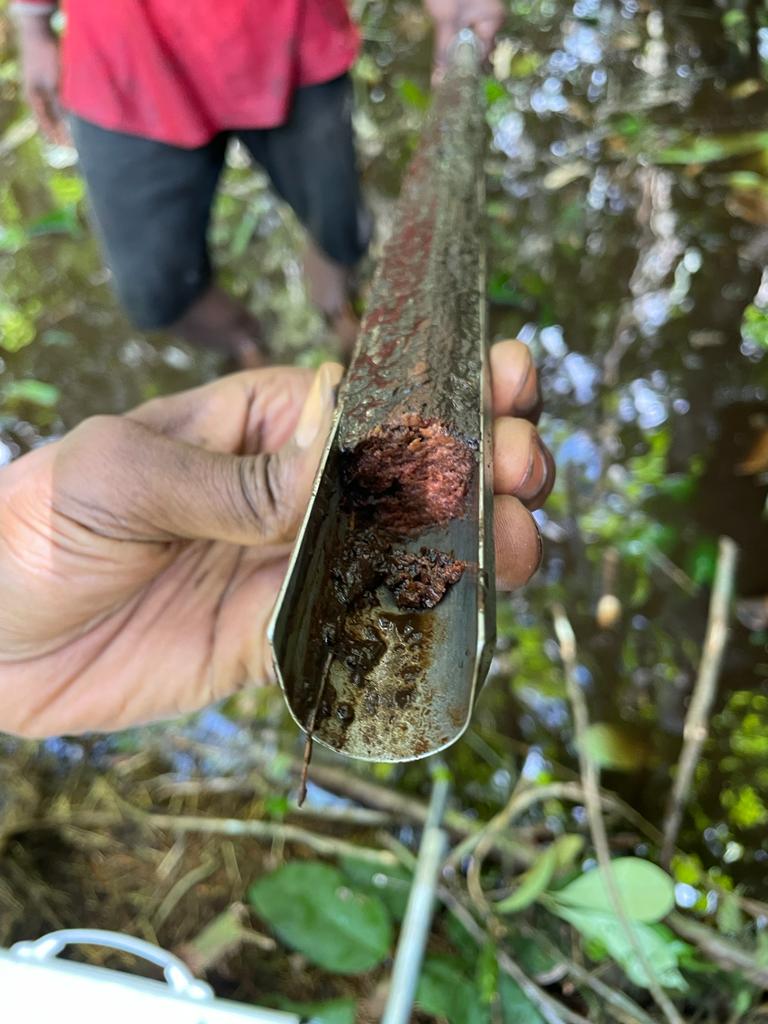
Pour les initiés, notons qu’il est établi que la cuvette centrale du Bassin du Congo, est la deuxième plus grande zone humide sous les tropiques disposant de plusieurs écosystèmes avec un taux élevé d’endémisme faunique et floristique.
Des récentes études attestent que plusieurs zones forestières sur sols hydromorphes (ou marécageuses) caractéristiques de ces zones sont constituées en majorité des tourbières dont la superficie est estimée à près de 145. 500 Km2 et qui emmagasinent environs 30,6 pentagrammes de carbones (D’argile et all, 2017).
Bien que la grande partie de la cuvette centrale (75%) est RD. Congolaise et malgré le fait que ce Pays de maman Eve Bazaïba renferme le plus grand complexe de tourbières tropicales et accumulant un stock de Carbonne souterrain équivalent à celui du stock de Carbonne forestier tropical de la biomasse aérienne pour l’ensemble du Bassin du Congo (Saatchi et all, 2011) cette zone n’a pas bénéficiée de suffisamment d’attention scientifique et politique locale, provinciale, nationale et internationale.
Avec les données évidentes produites par des scientifiques congolais, il n’est à démontrer que les tourbières de la RD. Congo constituent une très grande opportunité dans la lutte contre le réchauffement climatique planétaire. Pourtant, ces tourbières ne sont pas épargnées des menaces liées aux activités anthropiques pour la vie et la survie des communautés riveraines des tourbières.
D’où, adhérons à l’idée : protéger les tourbières pour le peuple et la nature.
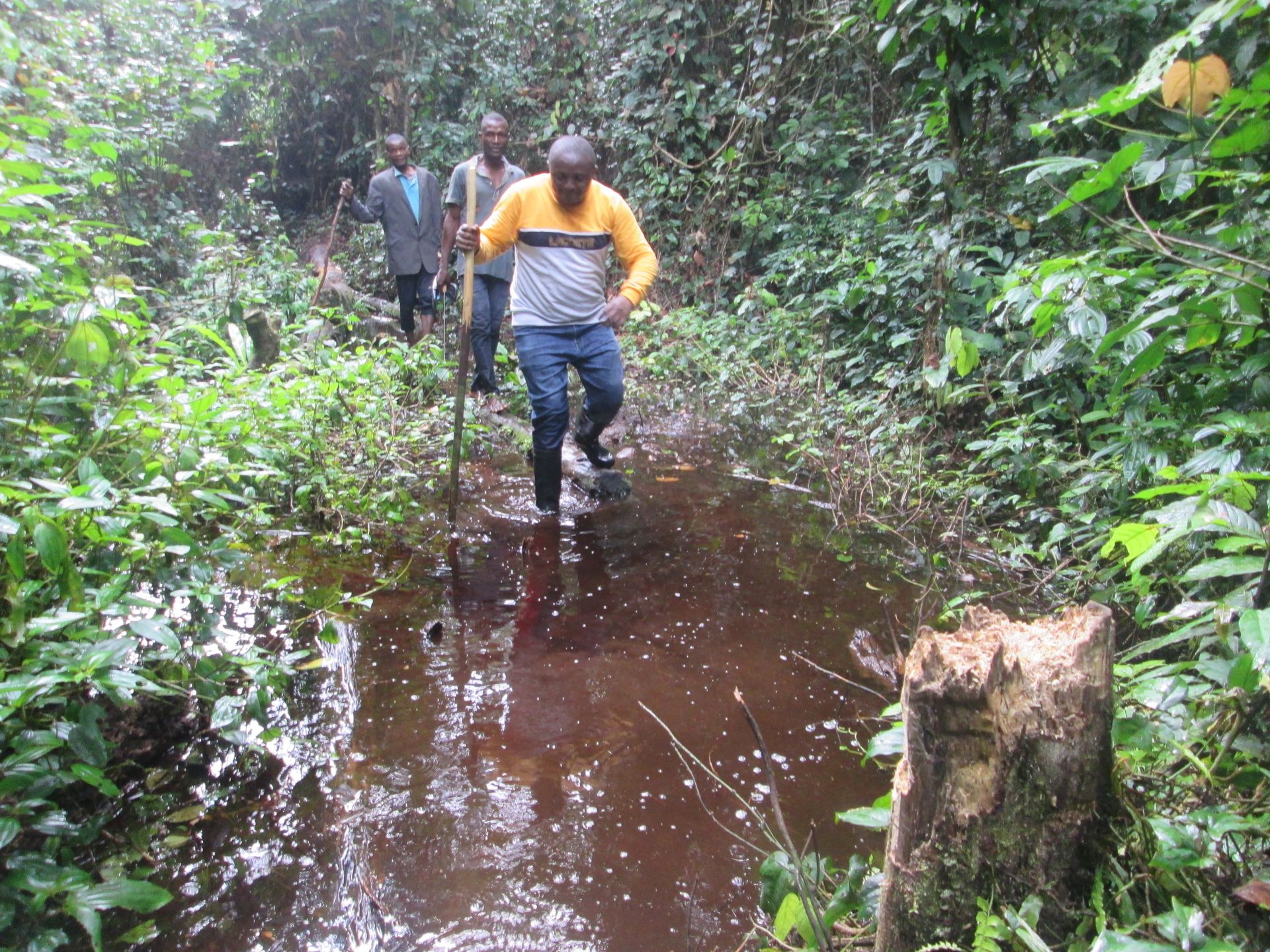
NB. Cette étude est un véritable cas d’enquête en terrain difficile notamment marécageux, sans internet, réseau téléphonique ni énergie électrique et encore moins l’hôtel, restaurant ni centre de santé Adéquat…
Il y a cependant l’abondance des animaux féroces dont les serpents, crocodiles et autres animaux sauvages.
Comment enquêter dans un tel contexte ?-c’est sera l’objet de notre prochaine tribune, de ce lundi soir, pour l’instant, laissez-moi téléphoner ma Sandrine-Chérie et mes quatre boudchous que je n’ai pas pu parler tous ces temps où j’étais loin des machines.

